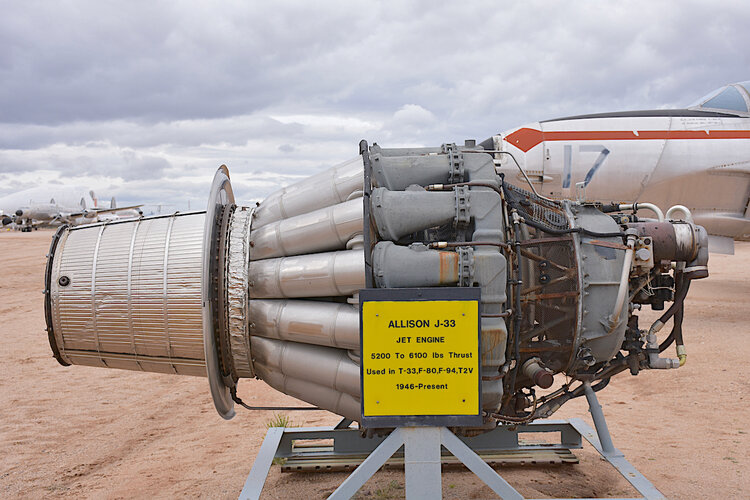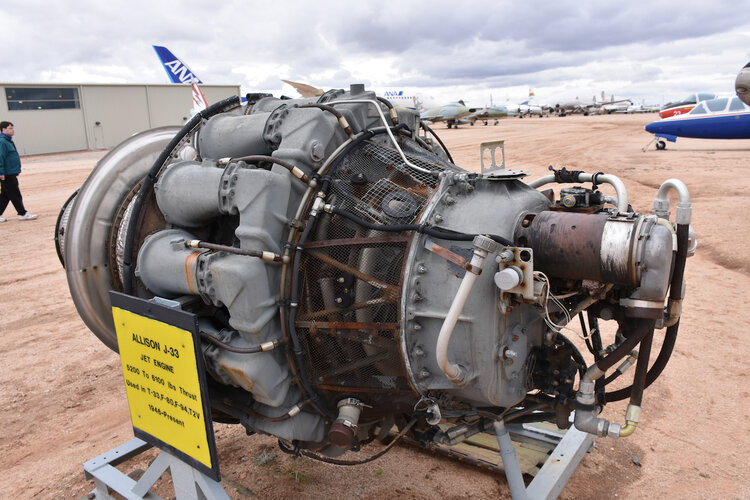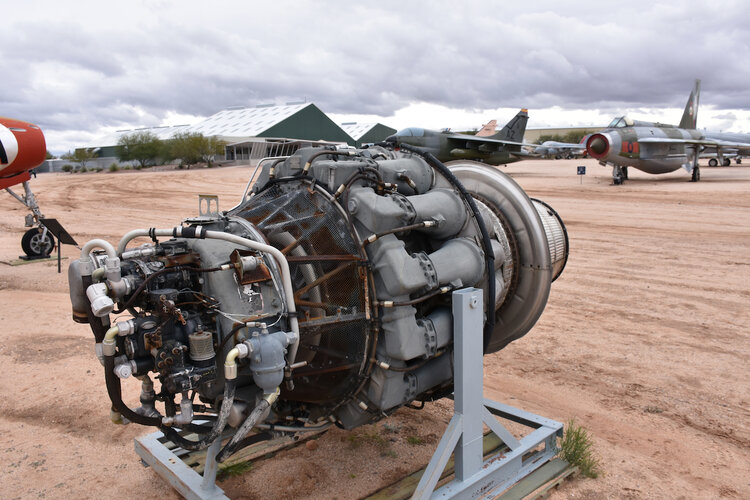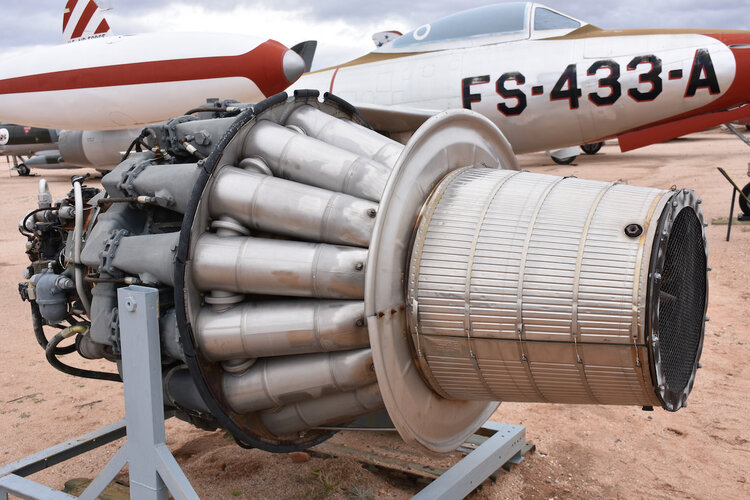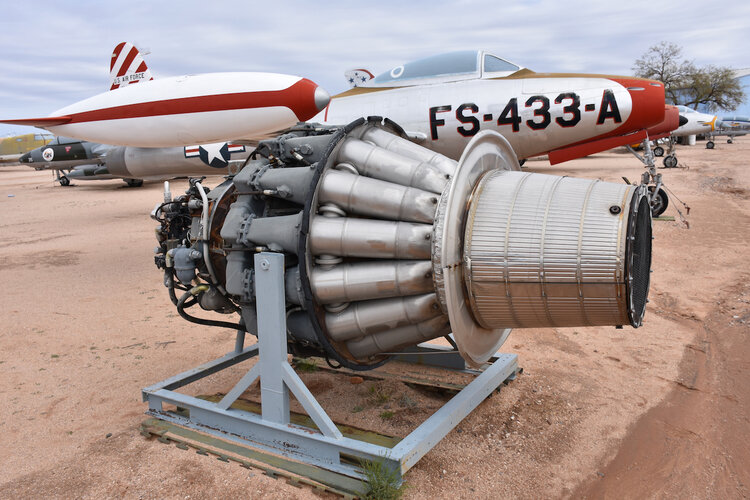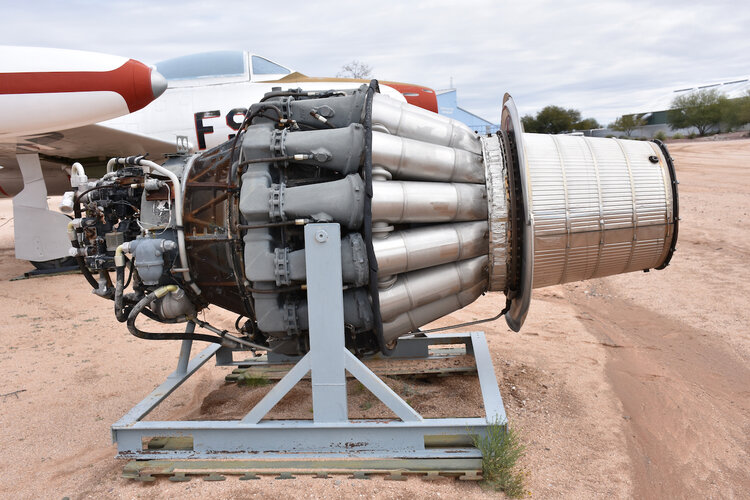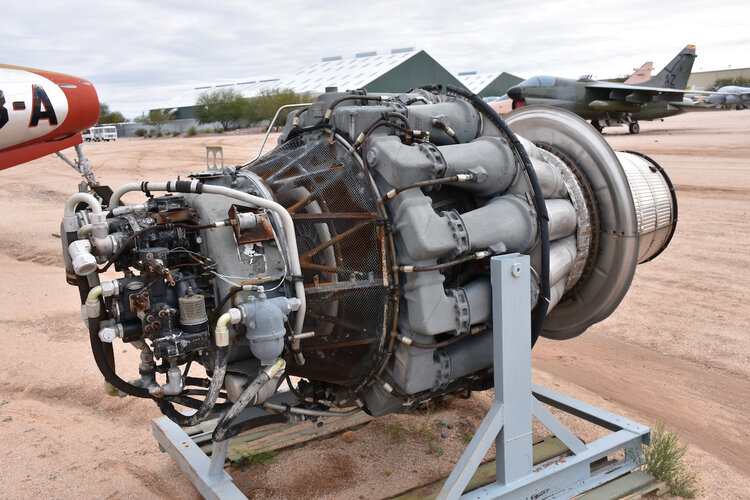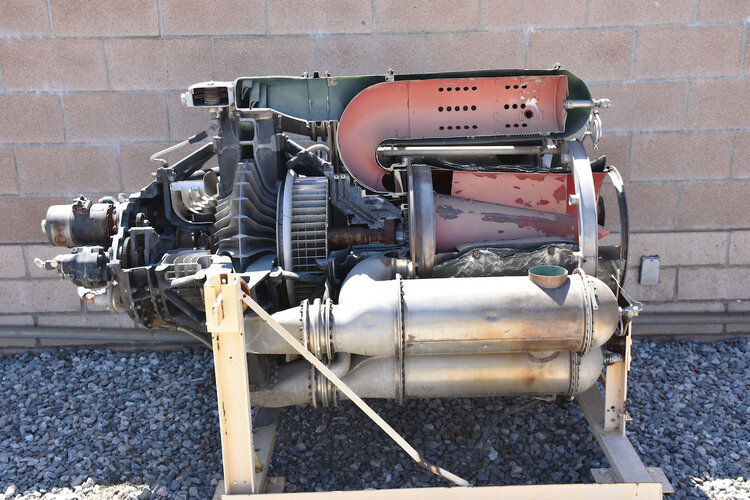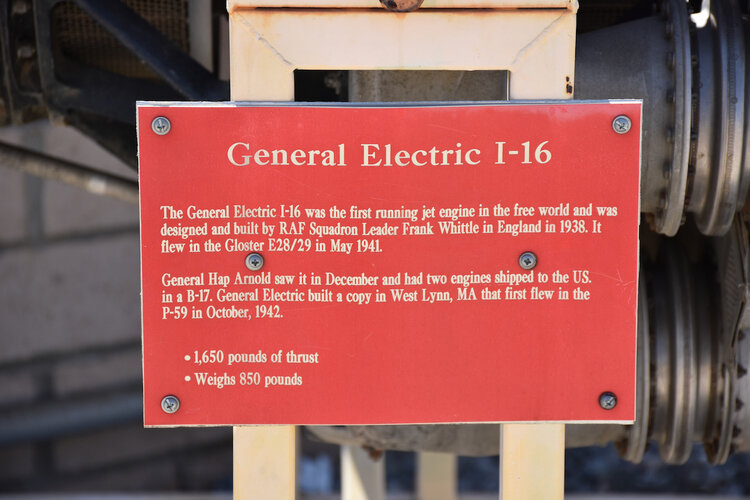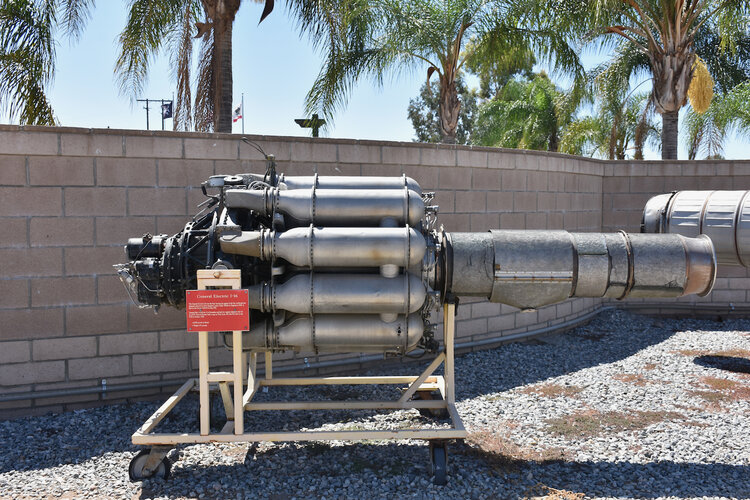KJ_Lesnick
ACCESS: Top Secret
- Joined
- 13 February 2008
- Messages
- 1,042
- Reaction score
- 114
Okay...
How long did it take for some of the early jet-engines such as
- HeS 3 (Heinkel He-178 powerplant)
- Power Jets W.1 (Gloster E.28/39's powerplant)
- Rolls-Royce Welland (Gloster Meteor Powerplant)
- BMW-003A
- Jumo 004
- Rolls-Royce Nene
- Westinghouse J-30
- General Electric J-31
- Westinghouse J-32
- Rolls Royce Derwent / Allison J-33
- Westinghouse J-34
- General-Electric/Allison J-35
- Allison J-71
- General-Electric J-47
- Armstrong Siddely Saphire / J-65
- Rolls Royce Avon
From what I remember the J-35 and J-47 took something like 20 seconds... but the others I have no clue...
KJ Lesnick
How long did it take for some of the early jet-engines such as
- HeS 3 (Heinkel He-178 powerplant)
- Power Jets W.1 (Gloster E.28/39's powerplant)
- Rolls-Royce Welland (Gloster Meteor Powerplant)
- BMW-003A
- Jumo 004
- Rolls-Royce Nene
- Westinghouse J-30
- General Electric J-31
- Westinghouse J-32
- Rolls Royce Derwent / Allison J-33
- Westinghouse J-34
- General-Electric/Allison J-35
- Allison J-71
- General-Electric J-47
- Armstrong Siddely Saphire / J-65
- Rolls Royce Avon
From what I remember the J-35 and J-47 took something like 20 seconds... but the others I have no clue...
KJ Lesnick

